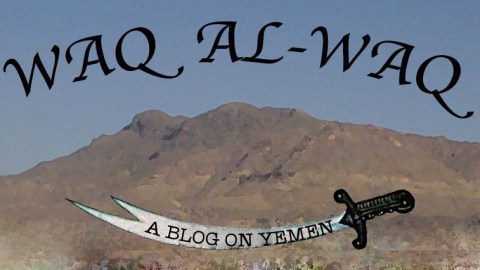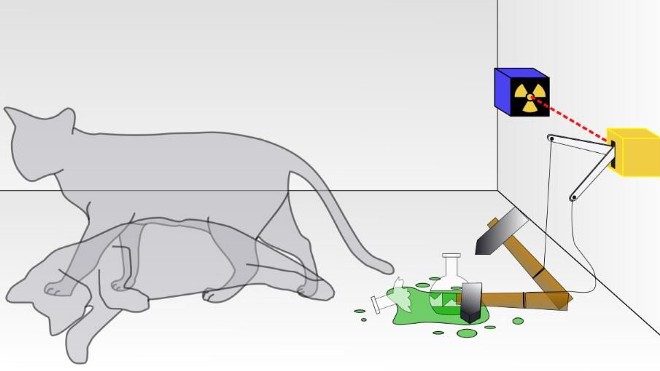Drones, Drift and the (New) American Way of War

On December 17, 2009 the US carried out a missile strike against what it believed to be an al-Qaeda training camp in the south Yemeni governorate of Abyan. Unfortunately, what the US believed to be an al-Qaeda training camp turned out to be a bedouin encampment, and the NYT later described the attack as a “sloppy strike.”
While the strike did kill at least one al-Qaeda figure, most of the 55 people killed were civilians, including a number of women and children. And it was the deaths of these civilians that al-Qaeda has skillfully parlayed into a recruiting drive that has helped AQAP more triple in size in the two-and-a-half years since that attack.
A week later, on Christmas Eve, the US launched another strike into Yemen and then, the next day, the would-be underwear bomber dispatched by AQAP attempted to bring down an airliner over Detroit.
Thankfully, that attempt failed. But in the years since the US has carried out an expanding war against al-Qaeda, and as the US target lists grows so too does al-Qaeda.
Two recent articles – one a fascinating piece from the NYT and another a book excerpt – show how the US war in Yemen has grown since 2009.
Both tell basically the same story: portraying Obama as a president who is deeply involved in the details of drone strikes in Yemen and yet, despite his best efforts to limit the strikes, continues to be pulled deeper and deeper into a war he had no intention of fighting.
After the “sloppy strike” in December 2009, Obama “overrulued military and intelligence commanders who were pushing to use signature strikes (in Yemen) as well.”
According to the NYT, he said the US was “not going to war with Yemen.”
After the success of the bin Laden raid in 2011, the US military along with the CIA once again began pushing for “signature strikes” in Yemen. Again, Obama pushed back, wary of getting sucked into a mess in Yemen from which there was no foreseeable exit.
According to Daniel Klaidman, Obama told the military: “We’re not in Yemen to get involved in some domestic conflict. We’re going to continue to stay focused on threats to the homeland—that’s where the real priority is.”
Later in the excerpt, Klaidman continues: “
“Throughout 2011, Obama’s basic strategy held: he approved missions that were surgical, often lethal, and narrowly tailored to fit clearly defined U.S. interests. But even as Awlaki and others were taken out, Yemen fell further into chaos, and AQAP gained more and more territory …“
And finally after 2.5 years of drone and missile strikes that killed mid-level commanders within AQAP but seemingly did little to keep the organization off-balance enough that it couldn’t plot, plan and launch attacks against the US, Obama’s refusal to allow “signature strikes” in Yemen started to wane.
Or, as this piece from Greg Miller has it, some “elasticity” has been introduced into the targeting.
Now, instead of “signature strikes” Obama is allowing what the US military is calling Terrorist Attack Disruption Strikes, or TADS.
On the face of it, this sounds like a compromise between the military and CIA’s desire for “signature strikes” and Obama’s steadfast refusal to allow that. But is it?
The TADS look a lot like “signature strikes” in which the US doesn’t know exactly who it is targeting and as these two recent articles from the Washington Post point out, not only has the US expanded its strikes beyond those who it believes are directly threatening the US but its strikes are also driving more and more men into the arms of AQAP.
Make no mistake about it: this is a dangerous drift. In Yemen, Obama appears to be headed down exactly the road he has been trying to avoid for the past two-and-a-half years: getting sucked into a war from which there is no easy exit.
Miller’s article in today’s Washington Post gives us some insight to the thought process that is making this drift possible.
“But officials said the campaign is now also aimed at wiping out a layer of lower-ranking operatives through strikes that can be justified because of threats they pose to the mix of U.S. Embassy workers, military trainers, intelligence operatives and contractors scattered across Yemen.“
In other words, the US has inserted, trainers, operatives and contractors into Yemen in an effort to erode the threat presented by AQAP, but those trainers, operatives and contractors attract attacks from Yemenis who are upset with a foreign military presence (no matter how small) on their land. And then when these trainers, operatives and contractors come under attack as they have recently in Aden and Hudaydah the US feels the need to respond and so it widens the target list even further – which then drives even more people into the arms of AQAP.
This is not going to end well. At this point, how does it end. The US has tried 2.5 years of drone and missile strikes in Yemen – and despite the individuals it has killed – AQAP continues to grow and appears just as eager and able to strike at the US. So, what happens, if a “missile surge” doesn’t work in Yemen?
What then does the US do?
I have argued for several years now that the US needs to draw as narrow of a circle as possible when it comes to targeting AQAP in Yemen. I worried then as I do now, that any expansion of targeting in Yemen would find the US in a war that it could never kill its way out of. And indeed that, I fear, is what is taking place right now. In an effort to destroy the threat coming out of Yemen, the US is getting sucked further into the quicksand of a conflict it doesn’t understand and one in which its very presence tilts the tables against the US.





